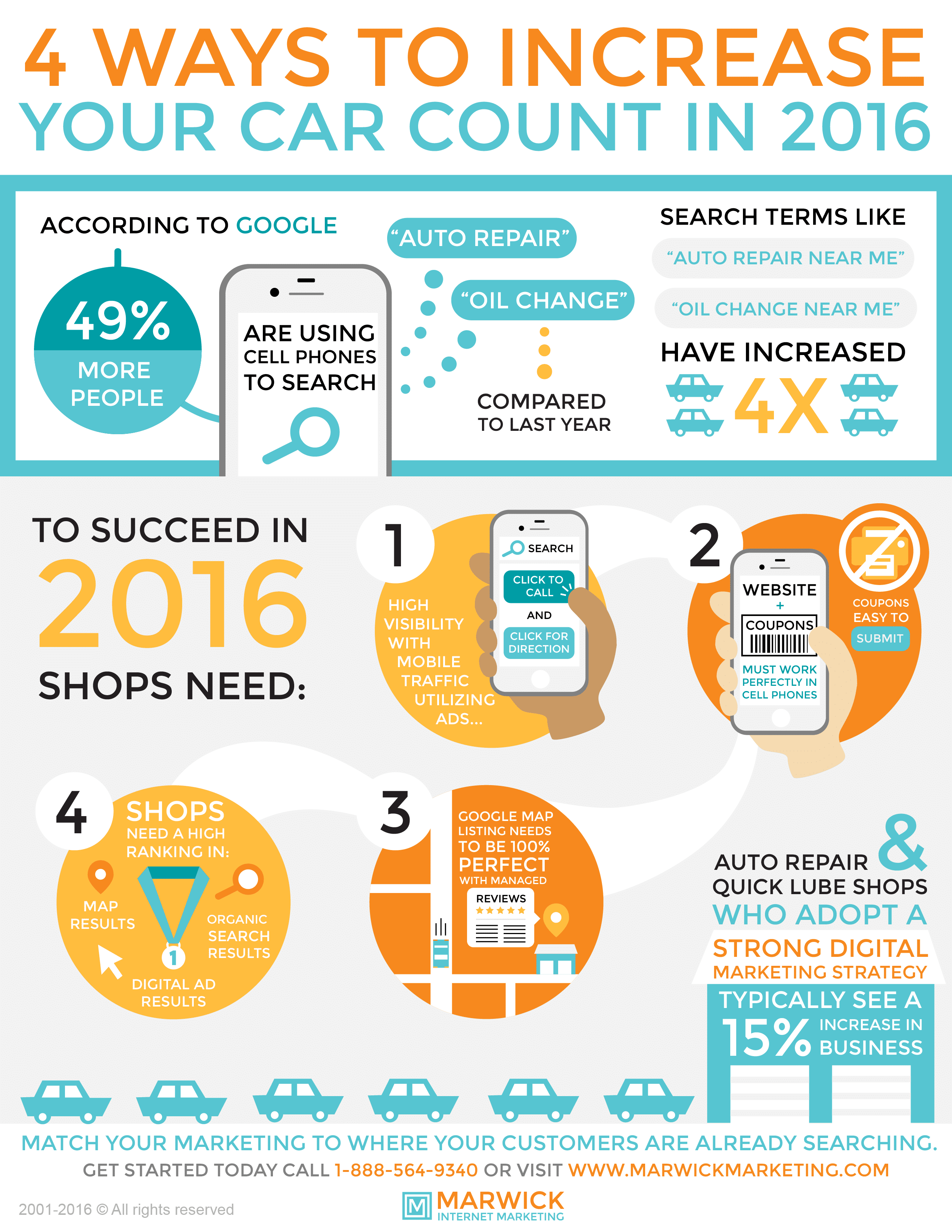A Crucial Overview For Beginners To Understand Your Car'S Warning Lighting
A Crucial Overview For Beginners To Understand Your Car'S Warning Lighting
Blog Article
Authored By-Borg Lindegaard
When you lag the wheel, those little warning lights on your automobile's dashboard can be quite bewildering. What do they suggest, and should you be worried? Understanding these signals is essential for your car's well-being, yet it doesn't need to be an overwhelming job. By translating the secret behind each light, you'll be equipped to deal with prospective issues efficiently and keep your vehicle running smoothly. So, next time a warning light flashes, don't panic - arm yourself with knowledge and take control of the scenario.
Importance of Vehicle Warning Lights
Recognizing the relevance of your car's warning lights is essential for keeping your lorry's health and wellness. These lights work as your cars and truck's communication system, informing you to prospective issues that might jeopardize your safety on the road or cause costly fixings if overlooked. By focusing on these warnings, you can deal with troubles early and prevent more damage to your automobile.
Neglecting advising lights can cause significant consequences, such as engine failure, brake breakdowns, and even accidents. These lights are designed to inform you of issues ranging from reduced tire stress to engine malfunctions, giving you the chance to do something about it before the situation gets worse. Frequently inspecting and recognizing these cautions can save you time, cash, and ensure your security while driving.
In addition to keeping you secure, responding promptly to advising lights can also help prolong the lifespan of your car. By attending to concerns early on, you can avoid tiny troubles from rising right into major fixings, inevitably conserving you time and money in the long run. Keep in mind, your automobile's caution lights are there for a factor - don't neglect them!
Common Caution Lights and Meanings
When it pertains to driving your car, understanding common warning lights and their definitions is crucial for your safety and automobile upkeep. Right here are a couple of typical warning lights you might encounter:
1. ** Check Engine Light **: This light suggests an issue with your engine. Maybe something minor like a loose gas cap or something more major like engine misfiring.
2. ** Battery Light **: This light signals an issue with your cars and truck's charging system. https://brake-service-near-me17384.newbigblog.com/35920487/revitalize-your-knowledge-with-these-10-important-automobile-upkeep-pointers-to-boost-your-automobile-s-efficiency-and-longevity-your-car-will-certainly-be-grateful can indicate a damaged battery, alternator, or other associated parts.
3. ** Oil Stress Light **: When this light comes on, it indicates your engine may be running low on oil or experiencing low oil stress, which can result in engine damage otherwise dealt with promptly.
4. ** Brake System Light **: This light suggests an issue with your stopping system. It can mean low brake fluid degrees or a problem with the brake system that needs instant interest.
Comprehending https://brakes06273.elbloglibre.com/29889302/kickstart-your-search-for-the-best-diy-auto-repair-work-app-that-will-transform-just-how-you-tackle-cars-and-truck-issues-discover-which-application-will-certainly-transform-your-repair-work-experience will certainly help you recognize prospective concerns early and prevent even more substantial problems later on.
Exactly how to React To Caution Lighting
On the occasion that a caution light brightens on your vehicle's dashboard, it's critical to respond without delay and suitably. When a warning light begins, the primary step is to consult your owner's manual to comprehend the particular issue indicated by the light.
Some lights require immediate interest, while others might indicate a much less immediate matter. If the warning light is red or flashing, it's usually an indication of a serious trouble that needs instant activity. In such instances, it's suggested to pull over safely, switch off the engine, and look for professional assistance.
For yellow or orange caution lights, while they may not need immediate attention, it's still crucial to deal with the underlying issue quickly to stop additional damage. Routine maintenance and examination can assist stop advising lights from beginning all of a sudden.
Conclusion
In conclusion, comprehending your auto's caution lights is important for keeping your vehicle's health and safety. By regularly inspecting and replying to helpful resources , you can deal with potential concerns early and protect against expensive fixings or safety risks. Keep in mind to consult your owner's manual for details on different warning lights and constantly take instant activity for red or blinking lights. Remain positive and keep your automobile running efficiently!
